The AI Revolution: How Artificial Intelligence is Transforming Performance Marketing
The Rise of AI in Performance Marketing
Key Benefits of AI in Performance Marketing
-
Improved Targeting: AI algorithms analyse customer behaviour patterns to identify high-potential audience segments, ensuring that ads reach the right people at the right time.
-
Optimized Budget Allocation: By predicting which keywords and ad placements yield the best ROI, AI helps marketers prioritize their ad spend more effectively.
-
Enhanced Personalization: AI adjusts ad content and messaging in real-time to align with anticipated user behaviour, creating more engaging and relevant experiences.
Applications of AI Across Marketing Channels
PPC Advertising
Social Media Ads
Real-World Examples and Case Studies
Case Study 1: IBM Watson in Digital Advertising
Case Study 2: Coca-Cola Personalized Content
Example 1: ASOS
ASOS, the global fashion retailer, uses machine learning algorithms to recommend products based on user preferences and browsing history. Their “Style Match” feature allows customers to upload images of outfits they like, and ASOS suggests similar items available on their platform. This innovative approach has led to a 30% increase in customer engagement and a 20% rise in sales.
Example 2: Airbnb
Airbnb leverages personalized CX to enhance the travel booking experience. By analyzing user preferences, search history, and previous bookings, Airbnb provides tailored property recommendations and destination suggestions. They also send personalized emails highlighting upcoming events or deals in locations users have shown interest in. These efforts have contributed to Airbnb’s rapid growth and strong brand loyalty.
Example 3: Peloton
Peloton, the fitness equipment and streaming service provider, excels in personalized CX through its workout recommendations and community features. Users receive customized workout plans based on their goals, fitness levels, and past performance. Additionally, Peloton fosters a sense of community by allowing users to connect with friends and participate in leader boards, enhancing engagement and retention.
Case Studies Further Examples
Google Performance Max
Google’s Performance Max campaigns
Key Features of Google Performance Max
-
Automated Bidding: Google’s AI analyzes historical data and real-time consumer behavior to set optimal bids. This ensures that ads are placed where they are most likely to convert, reducing wasted ad spend.
-
Dynamic Ad Creative: Performance Max uses AI to generate and test multiple ad variations in real-time. This allows for the selection of the most effective ad copy and visuals based on engagement metrics.
-
Multi-Channel Optimization: The platform integrates data from multiple channels, including search, display, and YouTube, to create a holistic view of the customer journey. This enables more effective targeting and personalization across all touchpoints.
-
Predictive Analytics: AI algorithms predict future consumer behaviour based on past interactions, allowing for proactive campaign adjustments. This predictive capability ensures that campaigns stay ahead of market trends and consumer preferences.
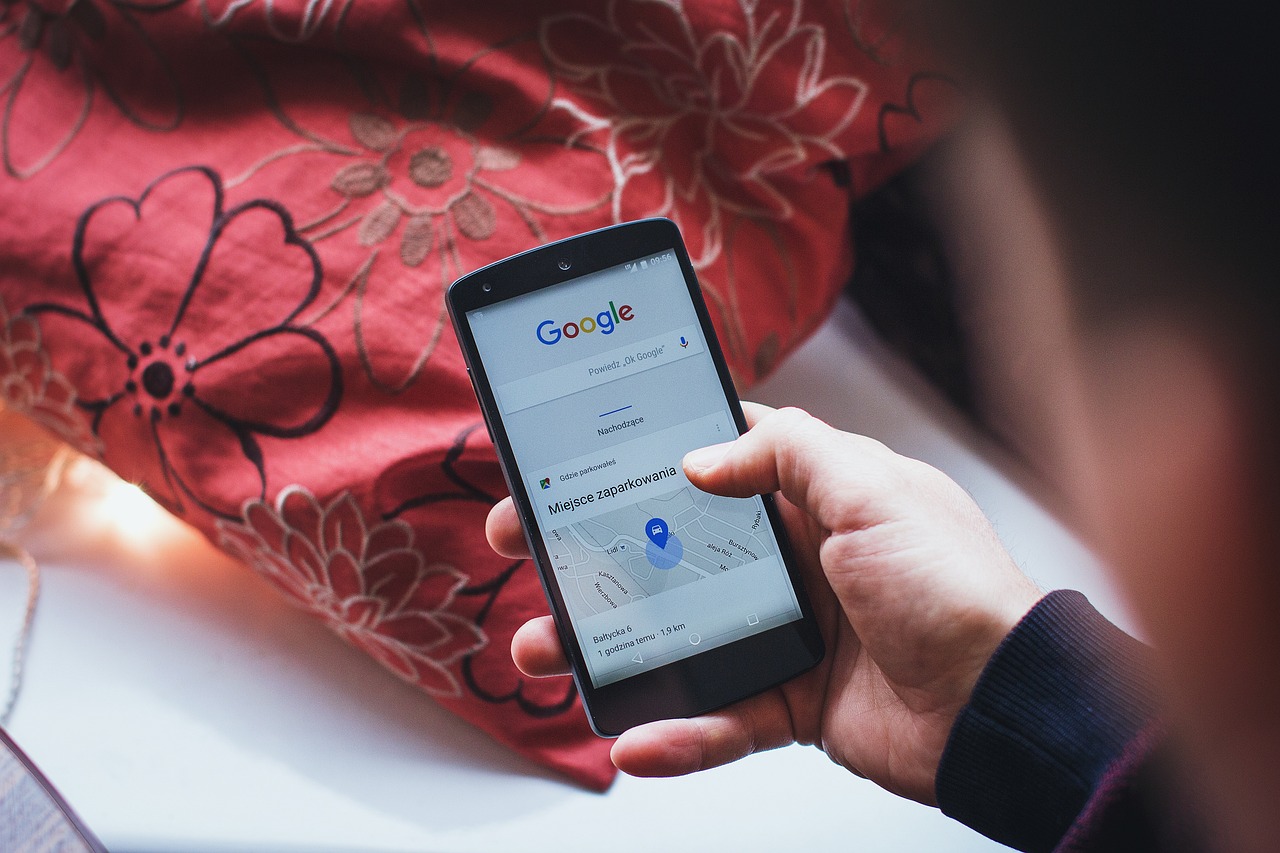
Real-World Example
Bing Ads
Key Features of Bing Ads AI
-
Enhanced Audience Targeting: Bing’s AI algorithms analyse user behaviour, demographics, and interests to create highly targeted ad placements. This ensures that ads are shown to the most relevant audience, increasing the likelihood of engagement.
-
Real-Time Optimization: Bing Ads uses AI to make real-time adjustments to bids and ad placements. This ensures that campaigns are always optimized for the highest possible ROI.
-
Ad Relevance: AI tools analyse ad content and user queries to ensure that ads are highly relevant to the user’s search intent. This improves ad performance and user experience.
-
Predictive Analytics: Bing’s AI predicts future user behaviour based on past interactions, allowing for proactive campaign adjustments. This ensures that campaigns stay ahead of market trends and consumer preferences.
Real-World Example
LinkedIn Ads
Key Features of LinkedIn Ads AI
-
Advanced Audience Targeting: LinkedIn’s AI algorithms analyse user data, including job titles, industries, and professional interests, to create highly targeted ad placements. This ensures that ads are shown to the most relevant audience, increasing the likelihood of engagement.
-
Real-Time Optimization: LinkedIn Ads uses AI to make real-time adjustments to bids and ad placements. This ensures that campaigns are always optimized for the highest possible ROI.
-
Predictive Analytics: LinkedIn’s AI predicts future user behaviour based on past interactions, allowing for proactive campaign adjustments. This ensures that campaigns stay ahead of market trends and consumer preferences.
-
Content and Creative Optimization: LinkedIn’s AI tools analyse ad content and user interactions to ensure that ads are highly relevant and engaging. This improves ad performance and user experience.
Real-World Example
Can Personalized CX Unlock Your Performance Marketing Potential?
In today’s highly competitive digital landscape, standing out is no longer about just offering quality products or services—it’s about creating unforgettable experiences. Customer experience (CX) plays a pivotal role in shaping how consumers perceive your brand. According to a report by Gartner , 81% of companies now compete primarily on the basis of CX. Among these, those that prioritize personalized CX have a distinct advantage.
Personalized CX involves tailoring every interaction a customer has with your brand to meet their unique preferences, behaviours, and needs. From recommending products based on past purchases to sending timely reminders for abandoned carts, personalization ensures that each touchpoint feels relevant and meaningful. And when done right, it directly impacts performance marketing metrics such as click-through rates (CTR), conversion rates, return on ad spend (ROAS), and customer lifetime value (CLTV).
This article explores why personalized CX matters in performance marketing, its impact on key business metrics, and practical ways to implement it effectively. We’ll also examine real-world case studies of brands excelling in personalized CX, discuss the tools and technologies driving this trend, and look ahead at what the future holds for personalized marketing.
Why Personalization Matters in Performance Marketing?
Performance marketing focuses on measurable outcomes such as clicks, conversions, and ROI. When combined with personalized CX, these efforts become exponentially more effective because they align closely with customer expectations and behaviours. Here’s why personalization matters in performance marketing:
1. Increased Engagement
Personalized content resonates better with audiences, leading to higher engagement levels. For instance, dynamic ads that display product recommendations based on user behaviour tend to perform significantly better than generic ones.
2. Improved Conversion Rates
Tailored messaging increases the likelihood of conversion by addressing specific pain points and desires. A study by Monetate found that personalized product recommendations contribute to 26% of online revenue for retailers.
3. Enhanced Customer Retention
A well-executed personalized CX strategy fosters loyalty, reducing churn and increasing lifetime value (LTV). Customers who feel valued and understood are more likely to remain loyal to a brand over time.
4. Competitive Advantage
In crowded markets, personalization sets you apart and strengthens your brand identity. It helps establish trust and credibility, encouraging customers to choose your brand over competitors.
Consider Dollar Shave Club , which revolutionized the razor industry by offering subscription-based services tailored to individual preferences. Their personalized approach, combined with engaging content, helped them grow rapidly and eventually sell to Unilever for $1 billion.
The Impact of Personalized CX on Key Metrics
Implementing personalized CX can significantly boost several key performance indicators (KPIs):
1. Conversion Rate Optimization (CRO)
Personalized landing pages, email campaigns, and ad creatives lead to higher conversion rates. For example, H&M used AI-powered recommendations to suggest outfits based on users’ previous searches and purchases. This initiative resulted in a 25% increase in average order value (AOV).
2. Customer Lifetime Value (CLTV)
By creating meaningful, consistent experiences, businesses encourage repeat purchases and referrals, which boosts CLTV over time. Zappos , known for its exceptional customer service, attributes much of its success to personalized follow-ups and loyalty programs that keep customers coming back.
3. Return on Ad Spend (ROAS)
Targeted ads based on user behaviour and preferences yield better results, maximizing ROAS and minimizing wasted spend. Adidas utilized personalized retargeting campaigns to re-engage users who had abandoned their shopping carts, achieving a 50% higher conversion rate compared to standard retargeting efforts.
4. Net Promoter Score (NPS)
Positive experiences increase satisfaction and advocacy, resulting in higher NPS scores. Warby Parker , the eyewear giant, leverages personalized try-on tools and free home delivery options to enhance customer satisfaction, earning them a strong reputation for excellent service.
Trends in AI-Powered Performance Marketing
AI Automation Increases
Personalization Reaches New Heights
Decision-Making Involves AI Even More
How to Implement Personalized CX in Performance Marketing?
Achieving personalized CX requires a strategic approach. Below are actionable steps to get started:
1. Collect Relevant Data
Data is the foundation of personalization. Leverage tools like CRM systems, analytics platforms, and social listening software to gather insights about your audience. Focus on demographics, purchasing patterns, preferences, and feedback.
- Use cookies and tracking pixels to monitor user behaviour on your website.
- Conduct surveys and polls to understand customer preferences.
- Analyse historical data to identify trends and opportunities.
2. Segment Your Audience
Divide your audience into distinct groups based on shared characteristics. Segmentation allows you to tailor your marketing efforts more effectively. Common segmentation criteria include:
- Geographic location
- Age group
- Product interest
- Purchase frequency
- Behavioural patterns
For example, REI , the outdoor gear retailer, segments its audience based on activity type (e.g., hiking, camping, skiing) and sends targeted promotions accordingly.
3. Tailor Content and Messaging
Create dynamic content that adapts to each segment’s needs. Use personalization tokens in emails, customize product recommendations, and optimize ad copy for different personas.
- Design personalized email campaigns with subject lines and content tailored to individual preferences.
- Develop landing pages that change based on referral sources or user behaviour.
- Utilize chatbots to provide instant, personalized assistance.

4. Utilize Automation Tools
Automation streamlines processes while maintaining personalization. Set up triggered emails, chatbots, and retargeting campaigns to engage users at scale.
- Implement marketing automation platforms like Marketo or HubSpot to manage personalized campaigns.
- Use AI-powered tools to analyse data and generate insights in real-time.
- Automate routine tasks such as sending welcome emails, abandoned cart reminders, and post-purchase follow-ups.
5. Measure and Iterate
Track KPIs regularly to assess the effectiveness of your personalized CX strategy. Use A/B testing to refine elements like subject lines, visuals, and calls-to-action.
- Monitor metrics such as open rates, click-through rates, conversion rates, and customer satisfaction scores.
- Adjust your strategy based on performance data and customer feedback.
- Continuously test new ideas and innovations to stay ahead of the curve.
Tools and Technologies for Personalized CX
Several technologies enable businesses to deliver personalized experiences:
1. CRM Systems
Platforms like Salesforce, HubSpot, and Zoho CRM help manage customer data and automate workflows. These tools provide valuable insights into customer behaviour and preferences, enabling businesses to create targeted campaigns.
2. AI-Powered Analytics
Tools like Google Analytics 4 and Adobe Analytics process large datasets to uncover actionable insights. Machine learning algorithms analyse user behaviour, predict trends, and recommend optimizations.
3. Marketing Automation Platforms
Solutions like Marketo, Mailchimp, and Active Campaign simplify personalized campaigns. These platforms handle everything from email marketing to social media advertising, ensuring consistency and efficiency.
4. Chatbots and Virtual Assistants
Tools like Dialogflow, Many Chat, and Drift enhance real-time customer interactions. Chatbots provide instant support, answer FAQs, and even assist with purchases, improving overall CX.
5. Dynamic Content Management Systems
Platforms like Contentful and Kentico allow businesses to create and manage personalized content across multiple channels. These systems adapt content based on user behaviour, device type, and location.
Ethical Considerations and Governance on AI Become More Important
Trends and Future Prospects
-
Predictive Analytics: AI-powered predictive analytics will continue to play a crucial role in performance marketing, allowing marketers to anticipate customer needs and tailor their strategies proactively.
-
Real-Time Data Processing: The ability to process and analyse data in real-time will become even more important, enabling marketers to adjust their campaigns on the fly based on immediate insights.
-
Integration with Other Technologies: AI will increasingly be integrated with other technologies like the Internet of Things (IoT) and blockchain to create more comprehensive and effective marketing strategies.
Advantages and Disadvantages of AI in Performance Marketing
Advantages
-
Enhanced Efficiency: AI automates repetitive tasks, freeing up marketers to focus on more strategic activities.
-
Improved Customer Insights: AI analyses vast amounts of data to uncover patterns and trends that might not be visible to human analysts.
-
Personalization at Scale: AI delivers personalized experiences at scale, enhancing customer satisfaction and loyalty.
Disadvantages
-
High Costs: Implementing AI solutions can be expensive, requiring significant investment in technology and expertise.
-
Privacy Concerns: The use of AI in marketing raises concerns about data privacy and ethical considerations.
-
Impersonal Interactions: Over-reliance on AI can lead to impersonal interactions, potentially alienating customers.

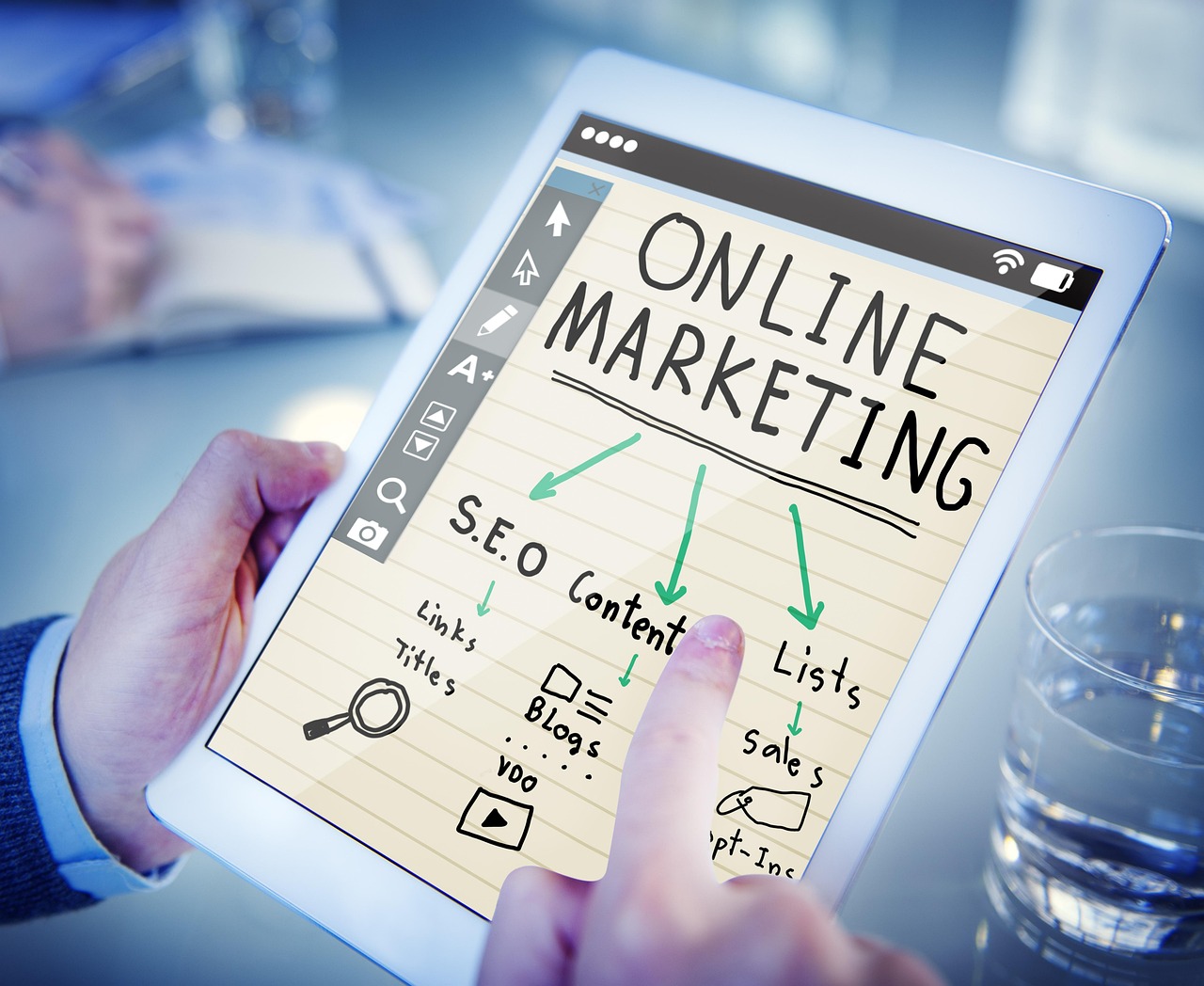

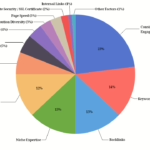
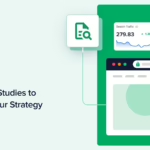

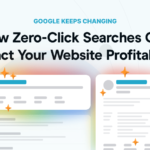
Leave a Reply